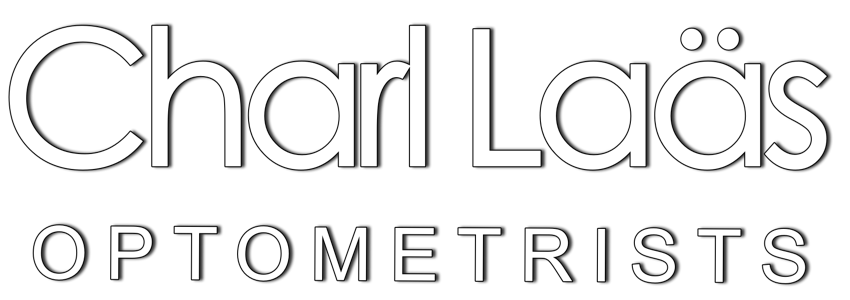The anatomy of the eye looks at all the parts of the eye and how they work together to produce clear vision.
The Cornea
The cornea is a clear, dome-shaped structure covering the front part of the eye. Its primary role is to bend light entering the eye to focus it clearly on the back of the eye (retina). It also plays a specific role in protecting the eye.
The Iris
The iris, or coloured part of the eye, surrounds the pupil. It controls how much light enters the eye by changing the size of the pupil (black opening).
The Pupil
The pupil is the black circular opening in the iris (coloured part of the eye) and lets light in.
The light entering the eye needs to be at a constant intensity. If the light is too bright, the pupil size will become smaller to allow less light through. In contrast, in dark light, the pupil size will become bigger to allow more light through.
The Lens and Ciliary Body
The lens is a clear flexible structure located just behind the iris and the pupil. A ring of muscular tissue, called the ciliary body, surrounds the lens. It is connected to the lens by fine ligaments. Their primary function, together with the cornea, is to focus the light entering the eye onto the macula of the retina.
For any object further than 6 meters from the eye, the lens and ciliary body are in a neutral position, thus allowing the light to focus on the retina.
For any object closer than 6 meters from the eye, the lens shape is changed to maintain a clear focus, known as accommodation. The closer the eye needs to focus the ciliary muscle contracts and the more the lens changes shape.
As we age, the lens also ages, becoming less flexible. Around the 4th decade, the lens has lost so much of its flexibility that it becomes difficult to focus on near objects. This condition is called Presbyopia.
As the lens ages further and loses more elasticity, it also starts to lose its clarity. Typically from the 6th to 8th decade of life the lens gradually turn yellow and later will form opacities, obscuring vision. When clouding or opacities are noticed in the eye, it is called a cataract.
The Retina
The retina is a light-sensitive inner lining at the back of the eye. Ten different layers of the cells work together in the retina to detect light. The innermost retinal layer contains millions of photoreceptors, called rods and cones that convert light rays into electrical impulses.
Most of the cones are found in the macula, the area responsible for central vision. The fovea (the centre part of the macula) is responsible for our high definition colour sight and contains the most densely packed cones.
The rods are more prominent in the outer regions of the retina. They are responsible for night vision (light and dark contrast) and movement perception.
The electrical impulses generated by the photosensitive retina are transferred via the optic nerve to the visual processing centres in the brain.
The Optic Nerve
The optic nerve is responsible for transmitting nerve signals from the eye to the brain. The front surface of the optic nerve, which is visible on the retina, is called the optic disk or optic nerve head.
Anatomically the optic nerve is very susceptible to damage due to increase pressure in the ball of the eye. A condition called glaucoma. It is, therefore, important to have regular eye examinations to rule out signs of glaucoma.
The Sclera
The sclera is the outer white part of the eye, providing structure, strength, and protection to the eye.
It is important to note that the sclera contains no muscle tissue, therefore exercising the muscles of the eye has no effect on the thickness or shape of the sclera. There is, however, six muscles attached to the sclera which control eye movement. By exercising these muscles, the tracking capabilities of the eye can be improved resulting in better hand-eye coordination and increased reading speed.
Vitreous Humour
The vitreous or vitreous humour is a transparent, gel-like substance filling the space between the lens and the retina in the back of the eye. It is composed mainly of water and helps to give the eye is spherical form and shape.
With ageing in the eye, the vitreous tends to liquefy in the centre which is a condition known as syneresis. Syneresis allows cells to float freely in the vitreous and is seen as black spots or cobwebs in the visual field. This occurrence is commonly called floaters or vitreous floaters and is harmless.
Another result of syneresis of the vitreous is a condition called posterior vitreous detachment or PVD. With PVD, the vitreous pulls away from the retinal layer, causing a temporarily short circuit in the retina. This is typically observed as a flash of white light normally followed by numerous floaters. Flashes and floaters should be seen as serious as it can indicate a retinal tear and should be examined immediately.
Aqueous Humour
The aqueous humour is a watery substance filling the space between the cornea and the lens. It is secreted by the ciliary body and then flows between the lens and the iris to the front chamber of the eye. The aqueous humour provides nutrients and immunoglobulins (antibodies) to the front chamber of the eye and also remove waste products.
It also forms part of the optical system to help focus the light onto the macula. Lastly, it maintains a constant pressure, thus inflating and maintaining the shape of the eye.




Leave a Comment